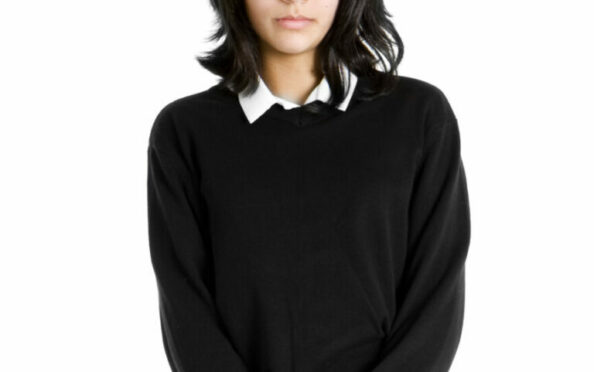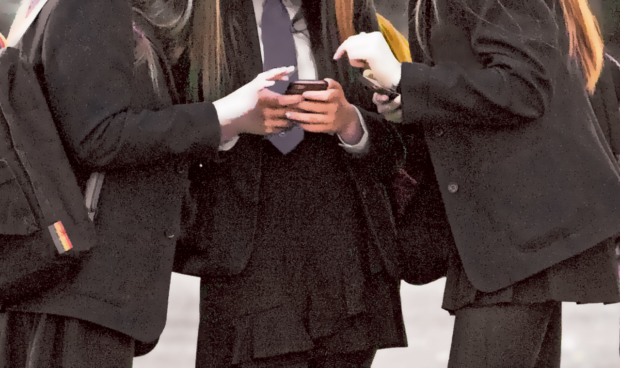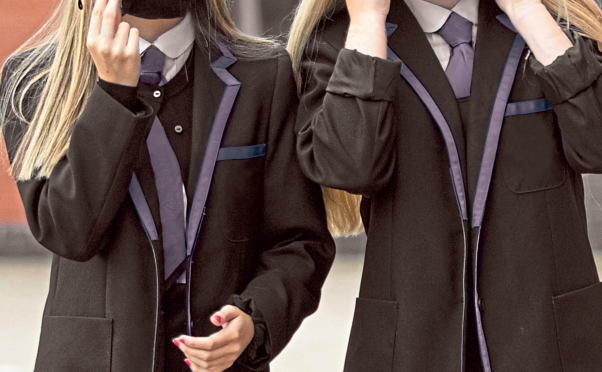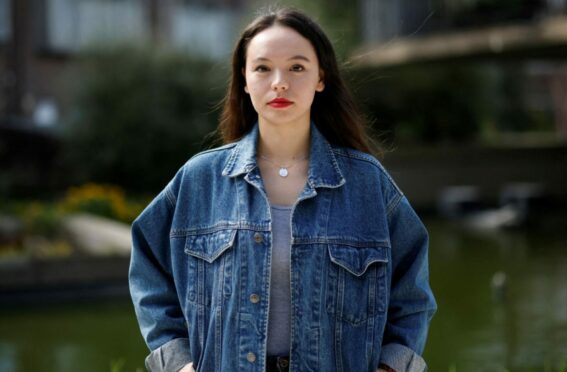
Girls attending more than 360 Scots schools have detailed incidents of sexual harassment and violence on a landmark campaigning website in the last year, we can reveal.
Everyone’s Invited – an online platform campaigning against “rape culture” that encourages survivors of sexual assault and harassment to post anonymous testimonies – has now received accounts of sexual harassment from youngsters in 466 primary and secondary schools, up 361 from 105 in 2021.
One pupil said: “One day when I went into school, some boys behind me in my physics lesson were making inappropriate jokes and they made me feel really uncomfortable and extremely unsafe.
“I told my mum about it and she told my head of year. My head of year stated the boys had gotten away with stuff in the past and he would have a word with them. But he left shortly after so I still have to see them every day.”
The rising number of reports comes after we reported the shocking scale of sexual assaults and harassment experienced by teenage girls in Scotland’s schools.
A survey commissioned by The Sunday Post last December as part of our Respect campaign found one in five teenage girls had been sexually assaulted and three out of five endured some form of harassment.
Only 19% of schoolgirls have not experienced abuse or harassment or know someone who has, according to interviews. Almost 70% of the girls and young women interviewed do not believe the scale of the crisis is understood while nearly 80% say more must be done to curb harassment.
Experts called for every school to have at least one staff member with specialist training in how to deal with the sexual harassment of schoolgirls.
Now Everyone’s Invited, spearheaded by Soma Sara, has revealed it has received reports relating to 99 primary and 367 secondary schools.
Experts say schoolgirls are suffering an onslaught of sexual violence including cyberflashing with as many as 90% of girls being sent unsolicited explicit pictures or videos.
Sexual behaviour expert Dr Sophie King-Hill said growing problems such as the sharing of sexual images, and other acts such as upskirting, were in danger of being normalised and becoming the gateway to more violent sexual acts such as assault and rape.
Dr King-Hill, senior fellow at Birmingham University’s health services management centre, said: “Sexual harassment between young people appears to be on the rise in Scotland and other parts of the UK.
“A recent report found sexual misconduct in schools between peers is incredibly common with nearly 90% of girls and nearly 50% of boys being sent explicit pictures or videos of things they did not want to see.
“There are also rising reports of peer-on-peer harmful sexual behaviours of those under the age of 18.
“The data is indicative that this is rife everywhere. All the data indicates there are more instances of this happening to females by males.
“Reports of sexual assaults between peers rose over 70% between 2013 and 2016. In 2017, across 38 police forces, there were 30,000 reports of children and young people assaulting each other, with 2,625 carried out in schools.
“Confirming this trend, since March 2021 over 50,000 testimonials of young people’s experiences of sexual harassment and assault have been shared on the Everyone’s Invited website.”
King-Hill added: “The normalisation of such behaviours between young people runs the risk of them becoming the gateway to more violent sexual acts such as sexual assault and rape.”
Cyberflashing has been illegal in Scotland since 2010 but reportedly only one in 20 reports results in a conviction.
Former UK justice secretary Dominic Raab had vowed that cyberflashing would be criminalised south of the border in the pending Online Safety Bill.
But Dr King-Hill said that rather than stigmatising and punishing boys and young men, more had to be done to educate them about sex and relationships. She added: “There is a danger that there is a blame culture where we start shouting down a whole gender. It pushes boys into a defensive position.
“One of the most important things we need to do is listen to young people and use what they say to inform work in this area. Crucially, this should include boys.
“Male mental health is really tightly intertwined with this as well and the kind of toxic masculinity that we hear discussed a lot.
“A lot of these boys and young men don’t agree with what is going on and want to talk about it but they feel that they’re gagged and are too scared to say what they really feel.”
Greater support and education was urgently needed, she said: “We need to really buy in to sex-and-relationships education. The government need to not just pay lip service to that.
“There needs to be resources, time and money put into schools to do it properly whether it is through a specialist or by outsourcing it to experts as not everyone can talk about sex, relationships and sexual harassment.”
Girlguiding Scotland, which sits on the First Minister’s National Advisory Council on Women and Girls, said: “In May 2021, Girlguiding surveyed over 400 girls and young women aged 13 to 18 across the UK to understand their experiences of sexual harassment, how it negatively affects their lives, and what urgently needs to be done to make sure all girls and women can live their lives freely and safely.
“Our research revealed the huge scale of harassment girls and young women face. From unwanted attention and comments, to physical harassment and abuse, it shows how widespread harassment is in all parts of the country, in all areas of girls’ lives, from a young age.
“Our survey also showed girls face barriers to reporting sexual harassment – both at school and to the police. Girls and young women told us they want more, urgent action from schools, the media and government.”

Enjoy the convenience of having The Sunday Post delivered as a digital ePaper straight to your smartphone, tablet or computer.
Subscribe for only £5.49 a month and enjoy all the benefits of the printed paper as a digital replica.
Subscribe


